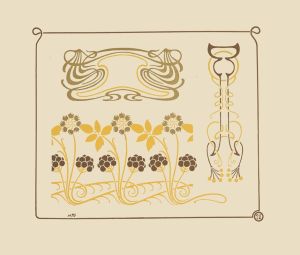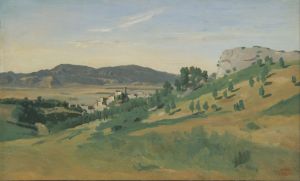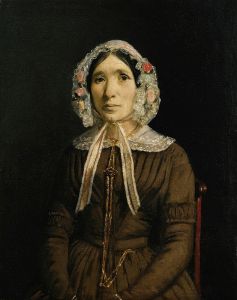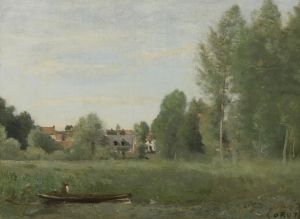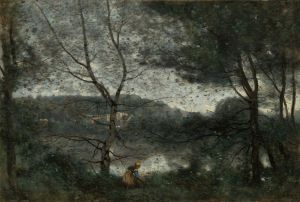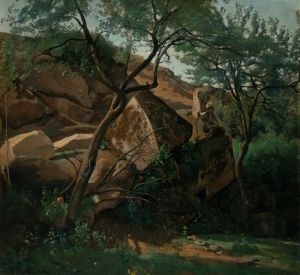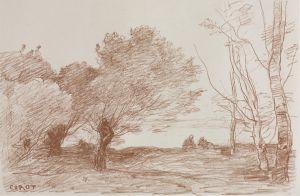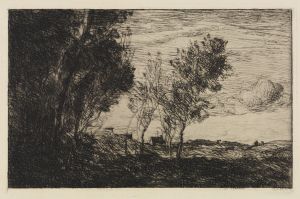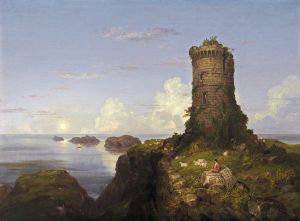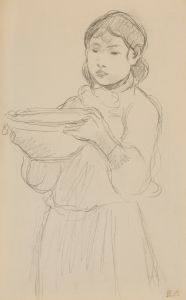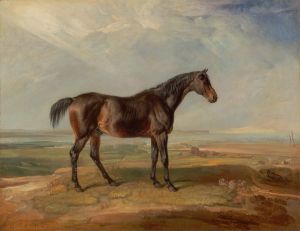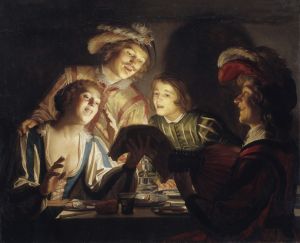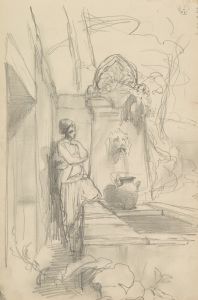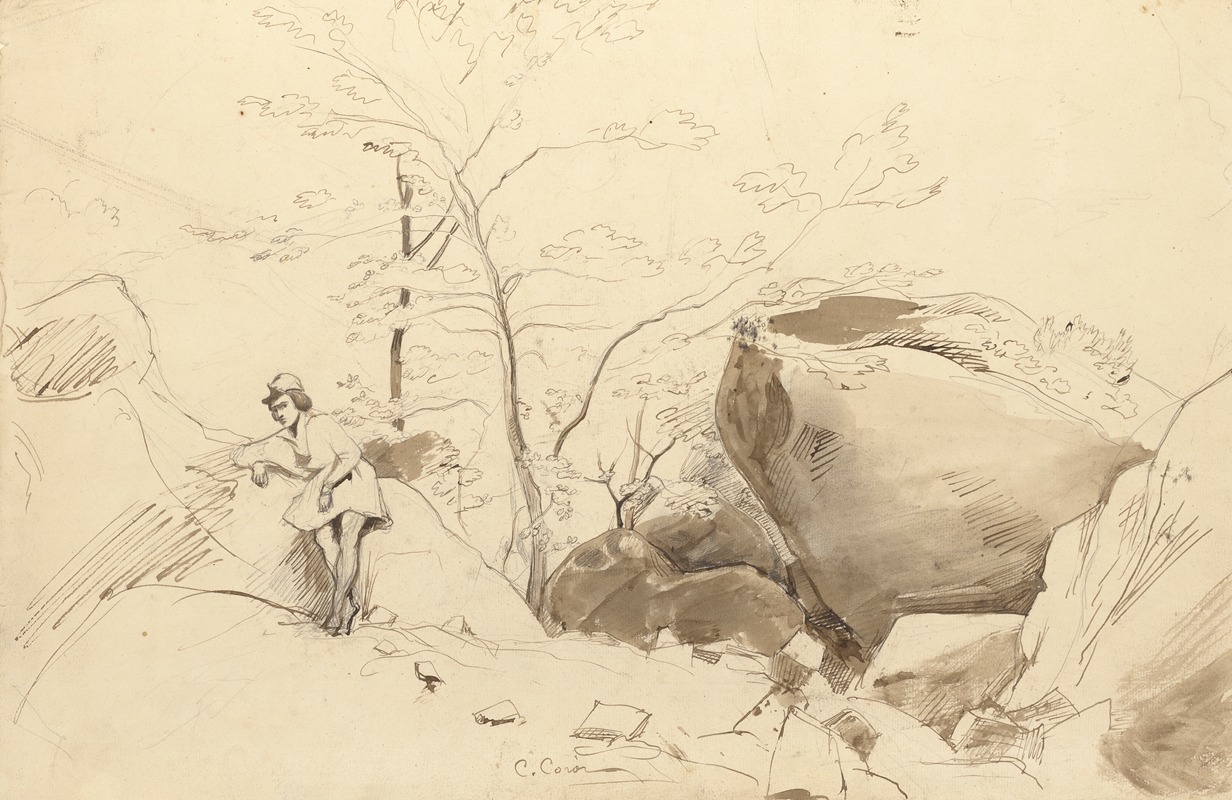
Fontainebleau, Figure Leaning Against a Rock
A hand-painted replica of Jean-Baptiste-Camille Corot’s masterpiece Fontainebleau, Figure Leaning Against a Rock, meticulously crafted by professional artists to capture the true essence of the original. Each piece is created with museum-quality canvas and rare mineral pigments, carefully painted by experienced artists with delicate brushstrokes and rich, layered colors to perfectly recreate the texture of the original artwork. Unlike machine-printed reproductions, this hand-painted version brings the painting to life, infused with the artist’s emotions and skill in every stroke. Whether for personal collection or home decoration, it instantly elevates the artistic atmosphere of any space.
"Fontainebleau, Figure Leaning Against a Rock" is a painting by the renowned French artist Jean-Baptiste-Camille Corot, who is celebrated for his significant contributions to landscape painting and his role in the development of the Barbizon School. Corot's work is often characterized by its poetic depiction of nature, and he is considered a pivotal figure in the transition from Neoclassicism to Impressionism.
Jean-Baptiste-Camille Corot was born on July 16, 1796, in Paris, France. He began his artistic career relatively late, at the age of 26, after working in his family's textile business. Corot studied under Achille-Etna Michallon and Jean-Victor Bertin, who were both landscape painters. His early works were influenced by the Neoclassical tradition, but he gradually developed a more naturalistic style.
The painting "Fontainebleau, Figure Leaning Against a Rock" is believed to have been created during the mid-19th century, a period when Corot frequently visited the Forest of Fontainebleau. This forest, located southeast of Paris, was a popular destination for artists of the Barbizon School, who sought to capture the natural beauty of the landscape. The Barbizon School was named after the village of Barbizon, near the forest, where many artists gathered to paint en plein air, or outdoors.
Corot's visits to Fontainebleau allowed him to explore the interplay of light and shadow in the natural environment. His works from this period often depict serene landscapes with figures integrated into the scenery, reflecting his interest in the harmony between humans and nature. In "Fontainebleau, Figure Leaning Against a Rock," Corot employs a soft, muted palette, characteristic of his mature style, to convey a sense of tranquility and introspection.
The painting features a solitary figure, possibly a shepherd or a traveler, leaning against a rock amidst the lush greenery of the forest. The figure's relaxed posture and the gentle play of light across the scene evoke a sense of peaceful contemplation. Corot's skillful use of atmospheric effects and his attention to detail in rendering the foliage and textures of the landscape demonstrate his mastery of the plein air technique.
Corot's work had a profound influence on subsequent generations of artists, particularly the Impressionists, who admired his ability to capture the ephemeral qualities of light and atmosphere. Although Corot is primarily known for his landscapes, his inclusion of figures in his compositions adds a narrative element that enhances the emotional depth of his paintings.
"Fontainebleau, Figure Leaning Against a Rock" exemplifies Corot's ability to blend realism with a lyrical sensibility, creating works that resonate with viewers on both an aesthetic and emotional level. Today, Corot's paintings are held in high esteem and can be found in major art museums and collections around the world, where they continue to inspire and captivate audiences with their timeless beauty and subtle elegance.






